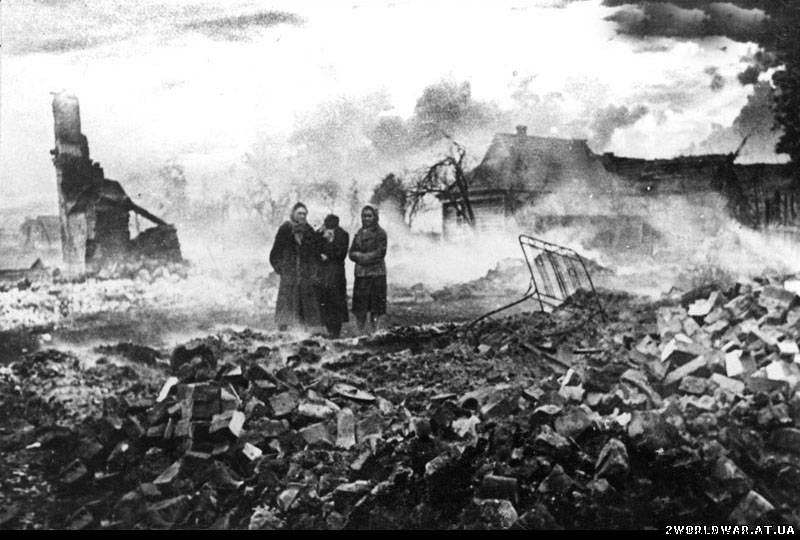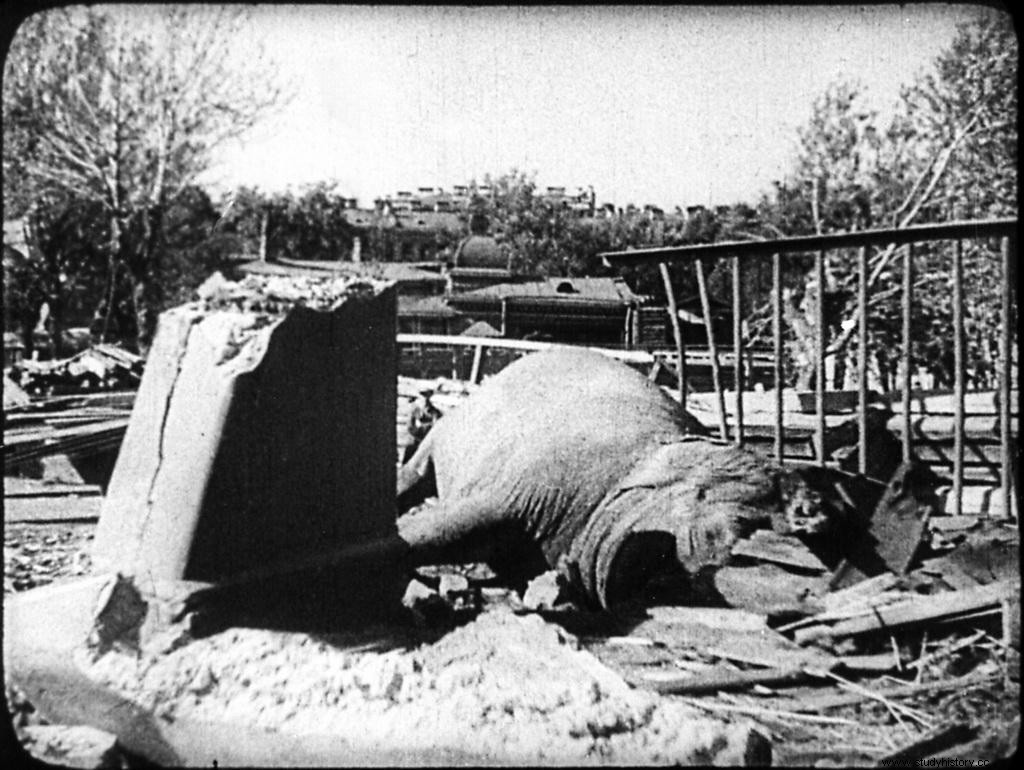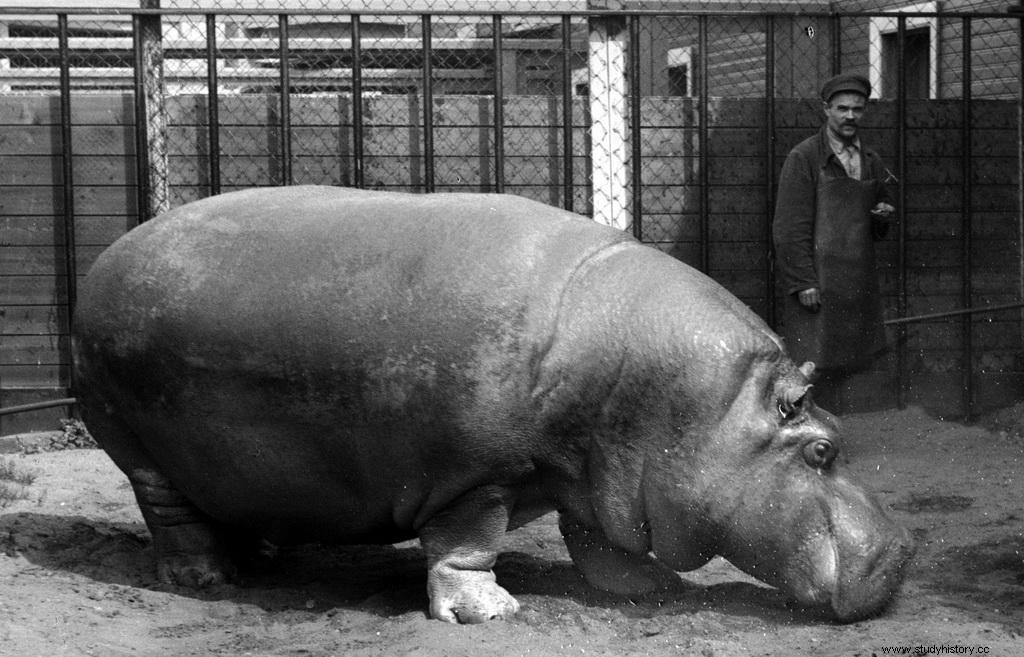In September 1941, German troops surrounded the city of Leningrad (now Saint Petersburg)... the siege began, which lasted until January 1944 . In addition to the symbolism of taking the cradle of the revolution, Hitler considered Leningrad of vital importance for its strategic port and for the factory of tanks and armored vehicles. Faced with the fierce defense of the Soviets and the impossibility of occupying it by force, he decided to surrender it by starvation . The population was subjected to the most incredible struggle for survival, where the depletion of food led the besieged to kill pigeons, cats, dogs... and even carry out acts of cannibalism and corpse marketing . The few supplies that did arrive, clearly insufficient for a population of 3 million, did so through the frozen Lake Ladoga - the «Road of life " they call him-. When the city was liberated, there were more than a million dead.

But even in that place of death and desolation, there was a place that escaped barbarism... the Leningrad Zoo .
Before the siege began, and before the advance of the German troops, some 80 animals -almost half of the zoo- were evacuated to other populations:black panthers, tigers, polar bears, tapirs, a rhinoceros... but the rest had to remain on the premises throughout the site. Logically, animals suffered shortages long before the population. Only the dedication of the workers themselves managed to save the lives of many of them. They procured food for them by collecting herbs, roots, chestnuts, acorns, etc; they planted cabbages and turnips inside the compound; for carnivores, they stuffed the skins of dogs and cats with a mixture of herbs and fish remains; they fixed the cages and the walls destroyed by the bombings; they cured them with what little they had; they slept inside the enclosure... and, despite the scarcity of food in the city, no one ever tried to raid the zoo's facilities for food.

Betty. Killed in a bombing. 1941
Despite all the sacrifices of the keepers, even with their own lives, some animals died from the bombings or the subsequent fires, from hunger and others had to be killed when they escaped and became a danger to the population. But most, like hippo Belle They managed to survive the siege and the war. With no running water and an empty pool, it was hard to keep Belle's skin moist so it wouldn't dry out and crack. So, Evdokia Ivanovna , her caregiver, she went every day to the Neva River with a 50-liter barrel to collect water. When she returned, she would heat the water and, after moistening her skin, rubbed it with camphor oil. Of the 40kg of feed she ate daily before the siege, Belle had to survive on about 6kg a day of a mix made from herbs, vegetables and sawdust. Thanks to Evdokia, Belle managed to overcome all adversities and she died of old age in 1951.

Belle. 1935

Belle and Yevdokia. 1943
For the people of Leningrad, the zoo became a symbol of resistance and peace. In fact, of the almost 900 days that the siege lasted, it only remained closed in the winter of 1941, when the bombardments were more intense. Zoo workers were honored for their effort and dedication to keeping it open and giving the city some semblance of life.

zoo workers. 1945
